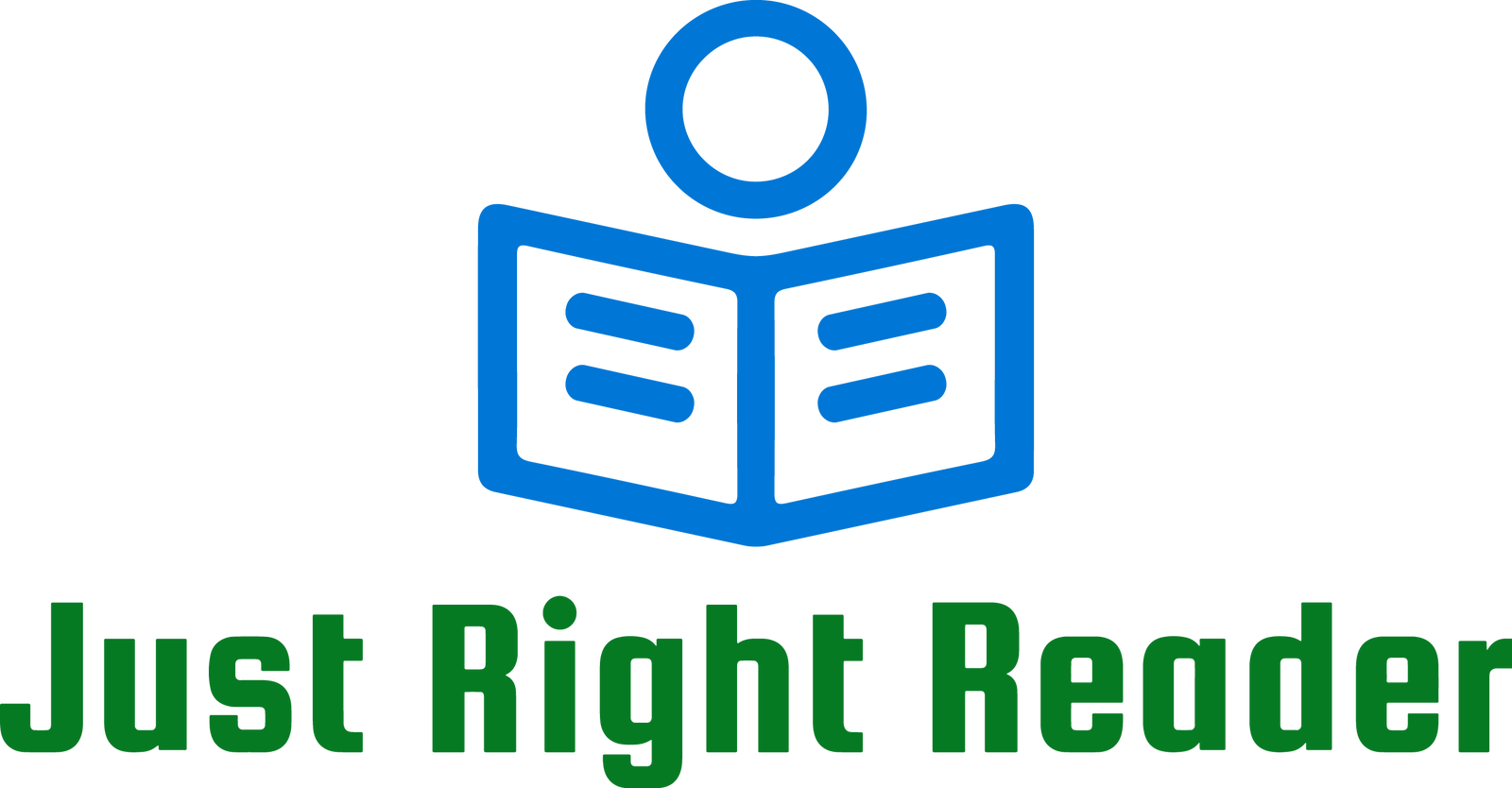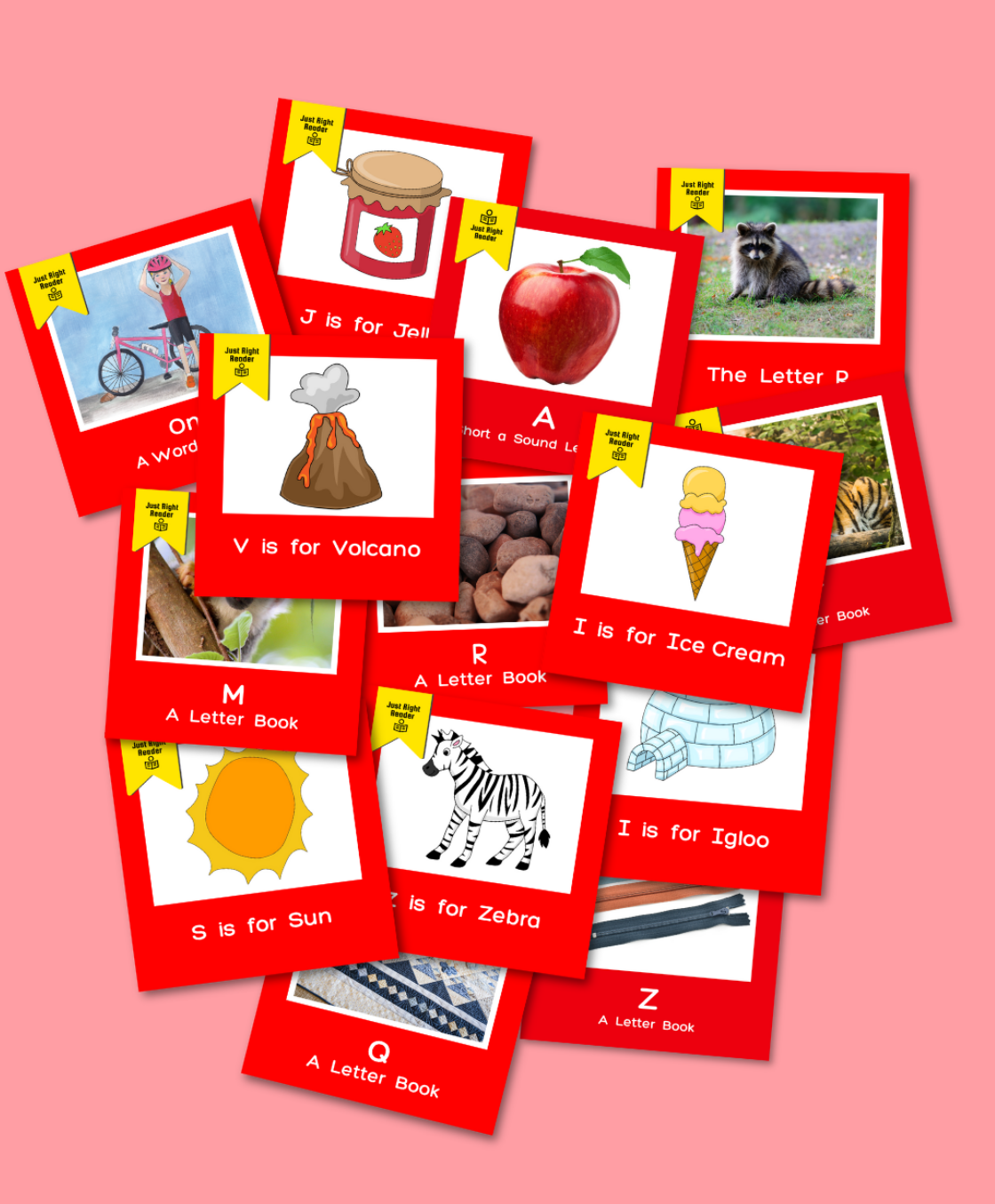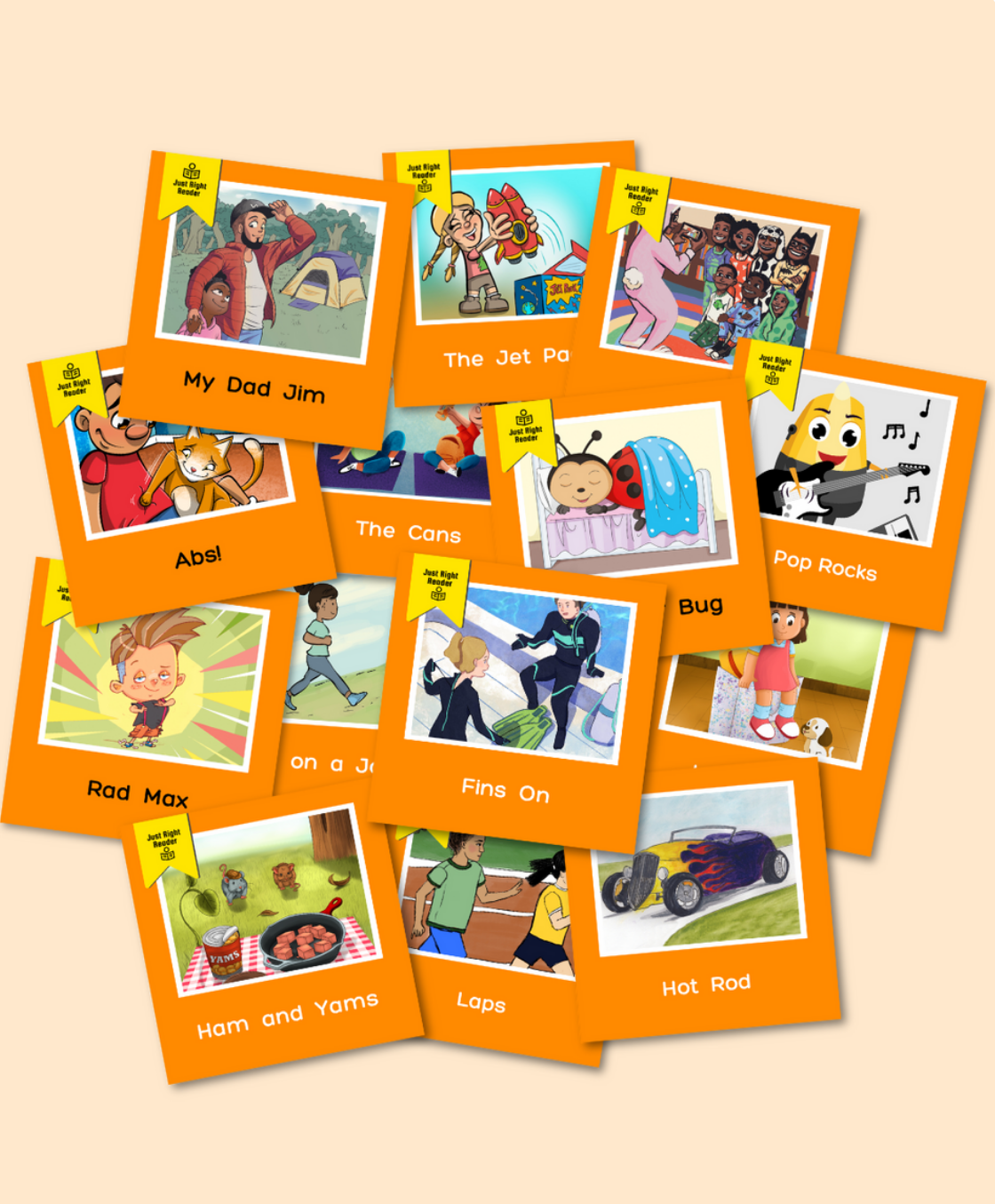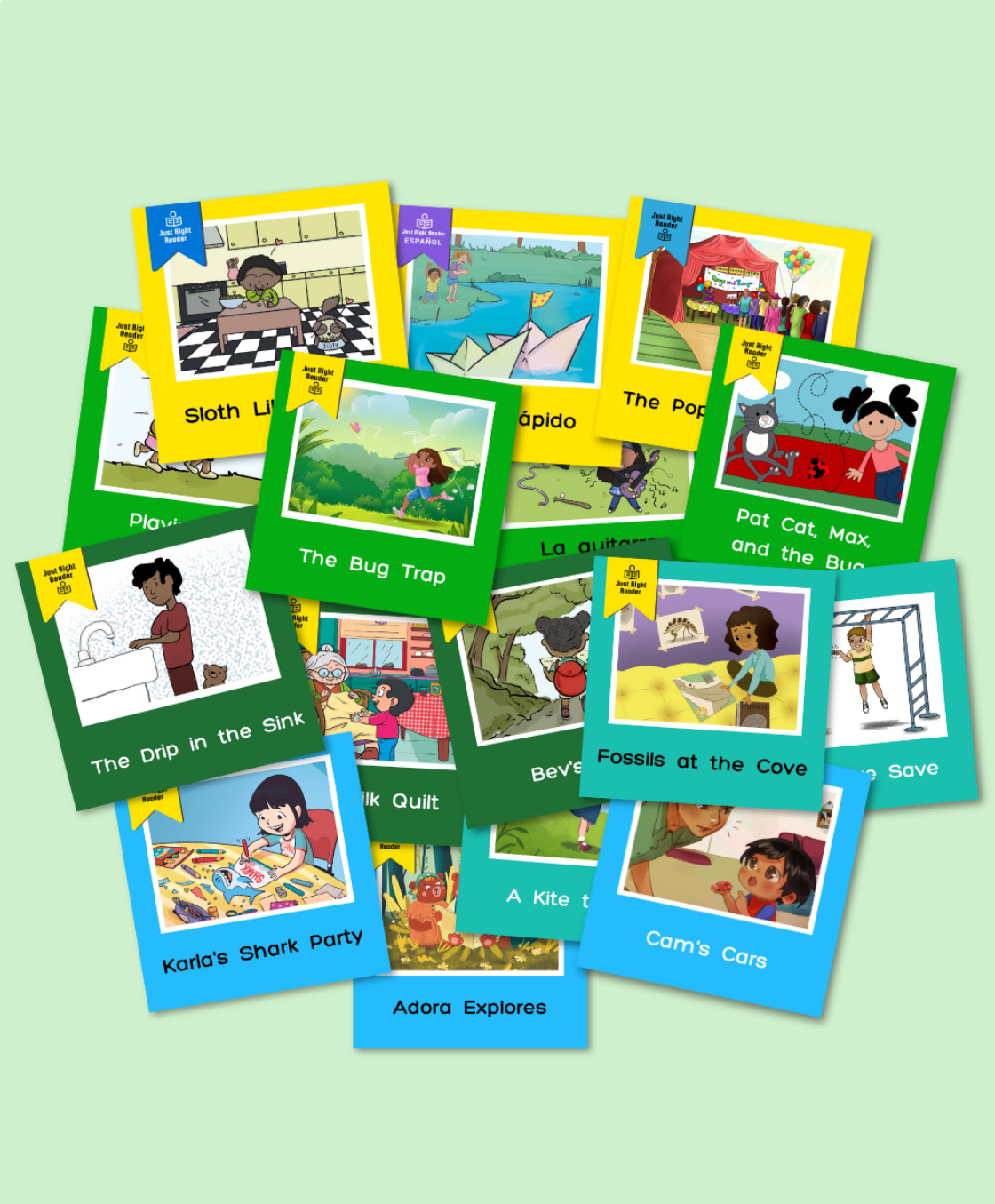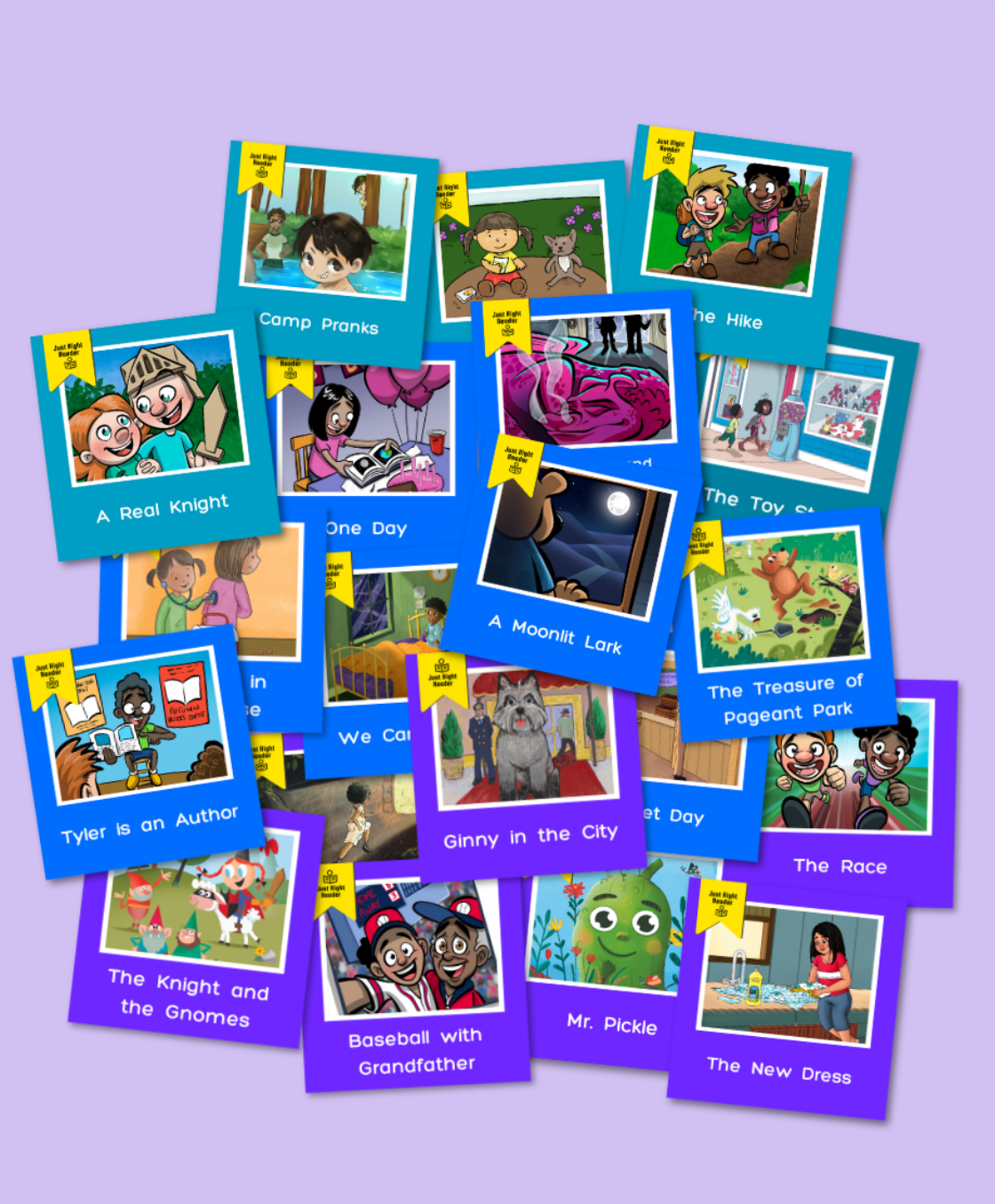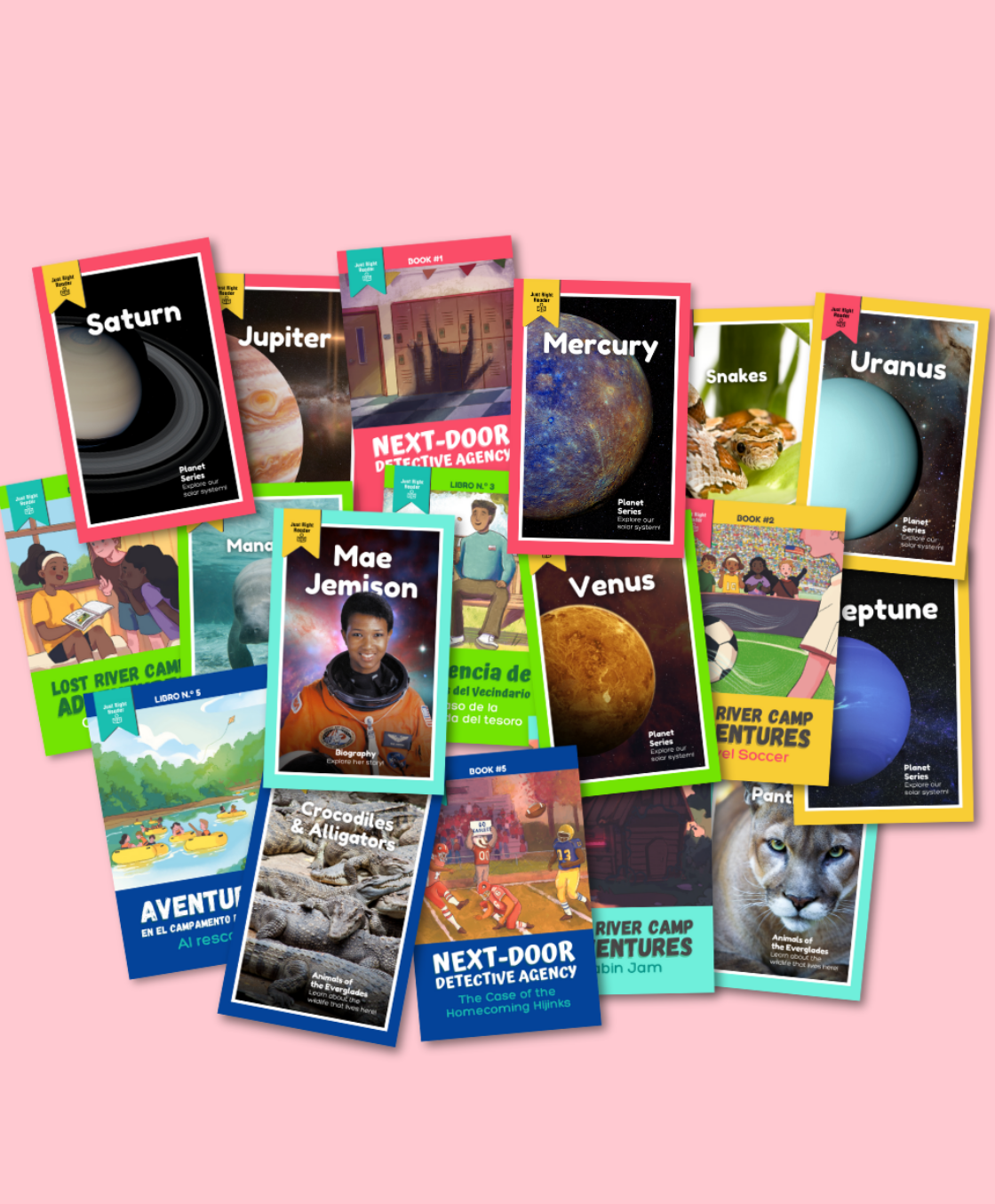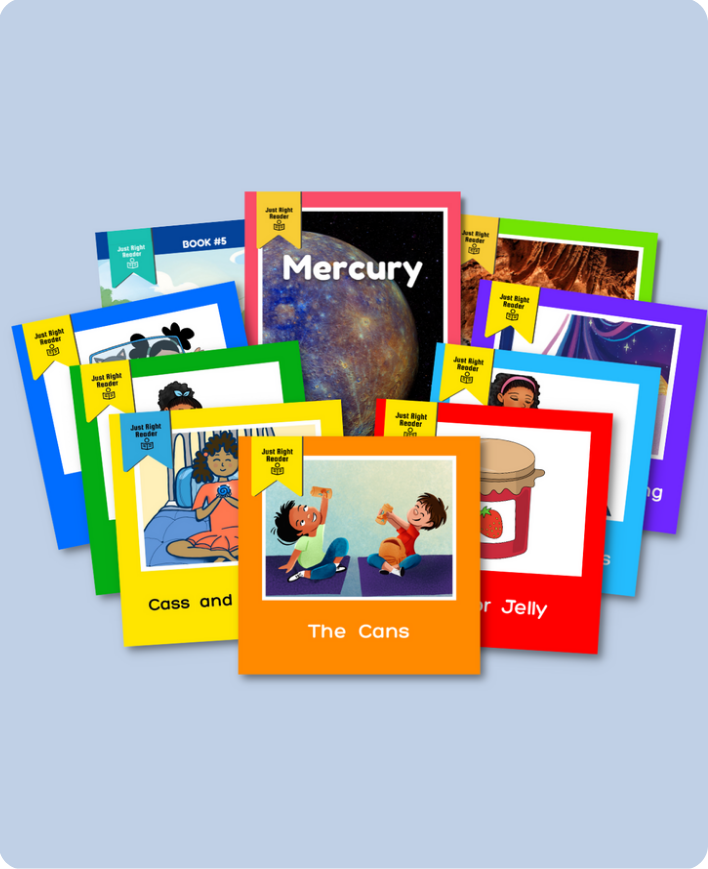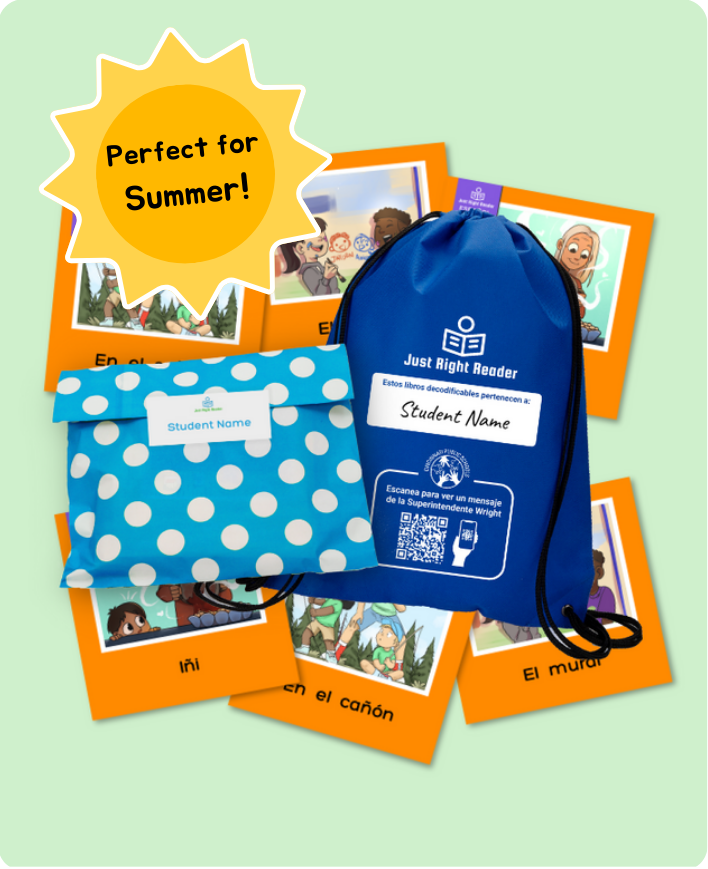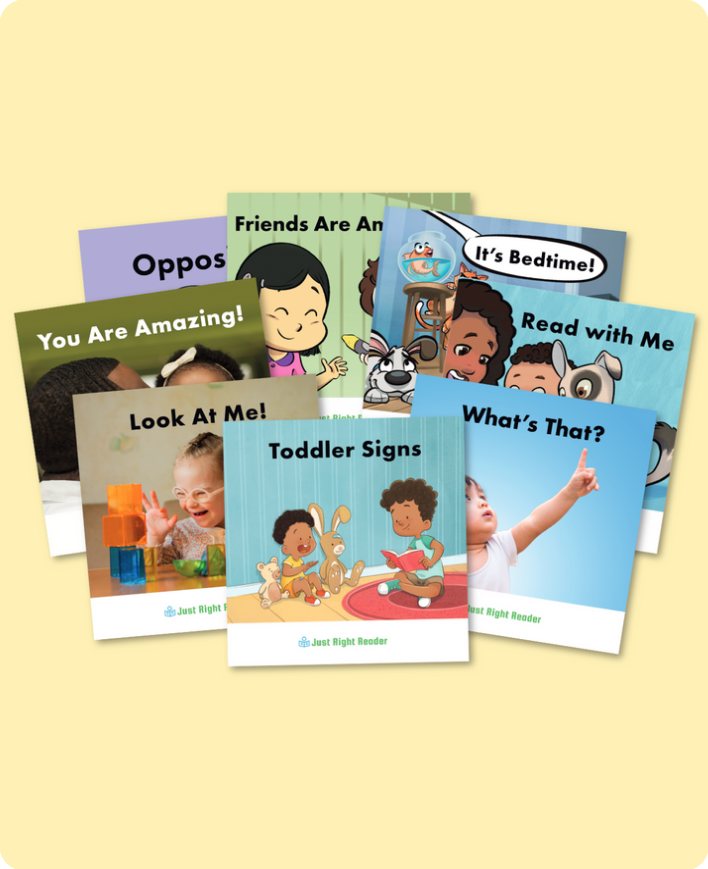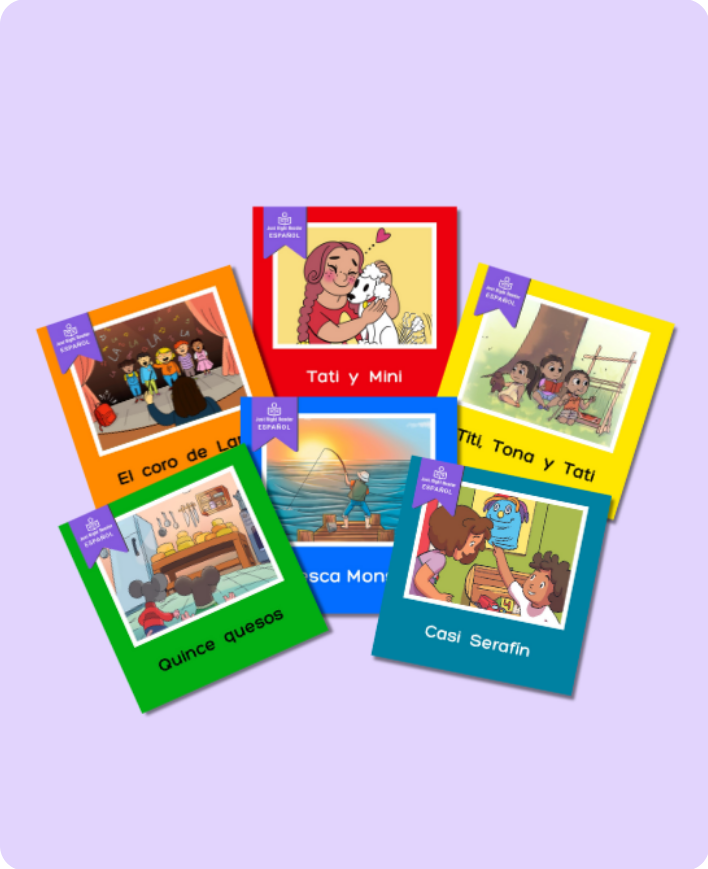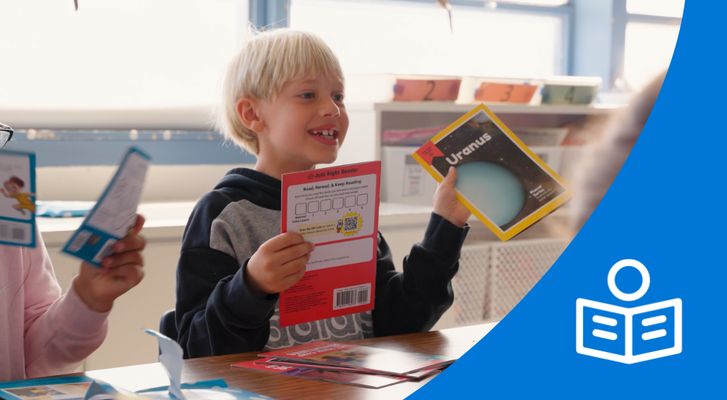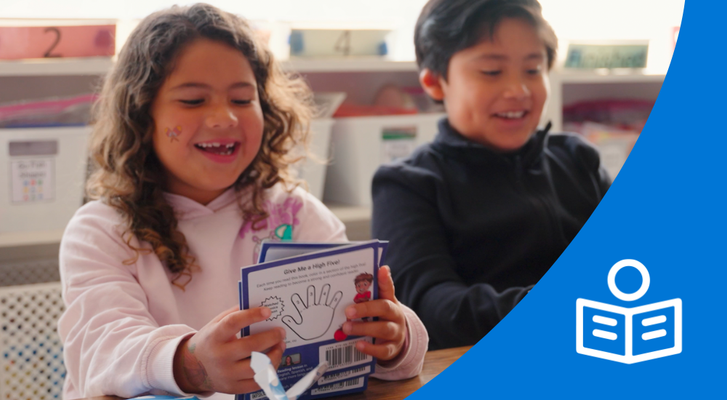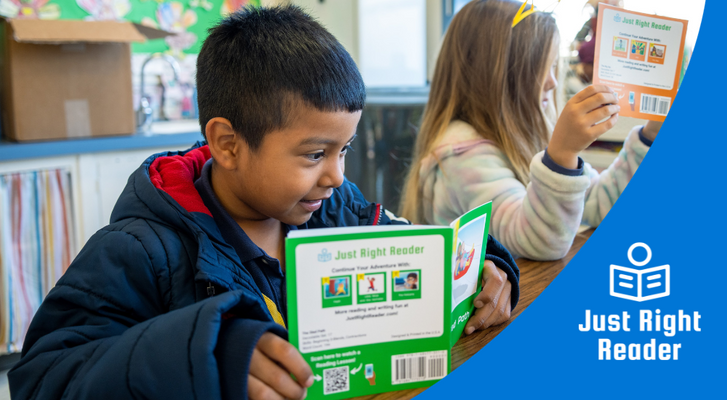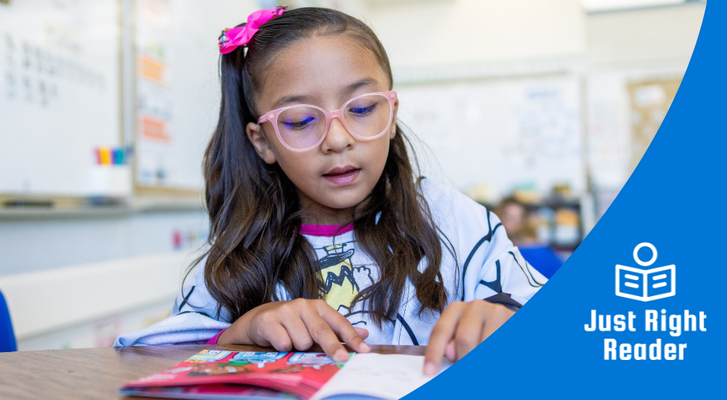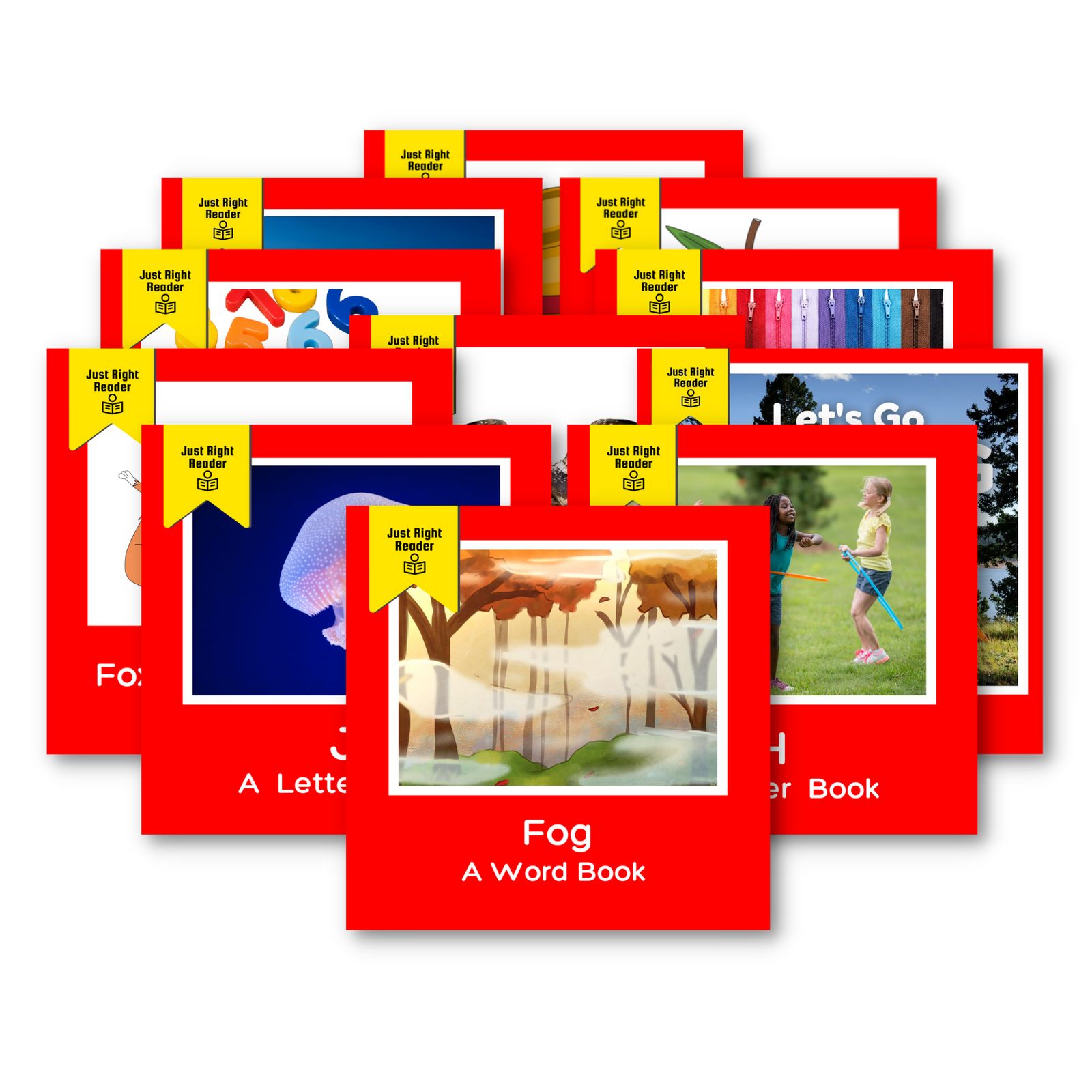
by Ray Reutzel, Ph.D.
Looking for the latest on Science of Reading for young students? D. Ray Reutzel, Ph.D., author of over 235 publications and recipient of the William S. Gray Citation of Merit award, writes about multi-componential alphabet instruction for pre-k and kinder students.

Teaching young children letter sounds and names to develop alphabetic awareness seems like a fairly simple task, but according to Leonardo da Vinci, “Simplicity is the ultimate sophistication.” In a meta-analytic study, researchers Piasta and Wagner (2010 a, b) found multi-componential alphabet instruction yielded the best outcomes on letter name, sound knowledge, and writing ability. Effect sizes ranged above 0.4 on these measured outcomes of alphabet knowledge (Hattie, 2017). This means students respond best to alphabet instruction addressing multiple aspects of alphabetic knowledge (visual recognition, name, sound, writing, categorization, association, motor memory, and discrimination) instead of focusing on one or two.
Additionally, it is important not to allocate too much daily instructional time on alphabet knowledge. Effective lessons should be no longer than ten-fifteen minutes and should move children through seeing, naming, and associating the sound(s) with an alphabet letter and real-world object(s). Children should trace and write the letter, categorizing upper and lower-case forms of the target letter, and discriminating between the target and other letters in connected print. In the N is for Nonsense study, the lengthy nature of letter name instruction sessions in preschool classrooms was documented (Neuman, 2006). The study supported that alphabet knowledge be quickly taught and learned completely as it propels the initial stages of learning to read and write forward (Jones & Reutzel, 2012).

Nowadays, alphabet instruction proceeds quicker through the letters of the alphabet than before. A letter a day is a good pace for teaching alphabet letters rather than the previous process of a letter a week. This allows for distributed practice and review of alphabet letters through the early years of pre-K and kindergarten. Parents can play a significant role in teaching alphabetic knowledge by pointing out recognizable letters in the environment or in books and asking children to name it. This may include highlighting the letter “A” for a child named Austin or Alicia. Also, teachers and parents can use Just Right Reader letter, word, and decodable books during the year—with letter-a-day paced, multi-componential alphabet instruction and distributed review of letters—to provide the keys to early reading and writing success!

D. Ray Reutzel, Ph.D.
Senior Research Fellow, Center for the School of the Future, Utah State University
2019 Willian S. Gray Citation of Merit Recipient - International Literacy Association
References
Hattie, J. (2012). Visible learning for teachers: Maximizing impact on learning. NewYork, NY: Routledge.
Jones, C. & Reutzel, D. R. (2012). Enhanced alphabet knowledge instruction: Exploring a change of frequency, focus, and distributed cycles of review. Reading Psychology: An International Quarterly, 33,448-464.
Neuman, S. B. (2006). N is for nonsense. Educational Leadership 64(2), 28-31.
Piasta, S. B., & Wagner, R. K. (2010a). Developing early literacy skills: A meta-analysis of alphabet learning and instruction.Reading Research Quarterly, 45(1), 8–38.
Piasta, S. B., & Wagner, R. K. (2010b). Learning letter names and sounds: Effects of instruction, letter type, and phonological processing skill.Journal of Experimental Child Psychology, 105,324-344.